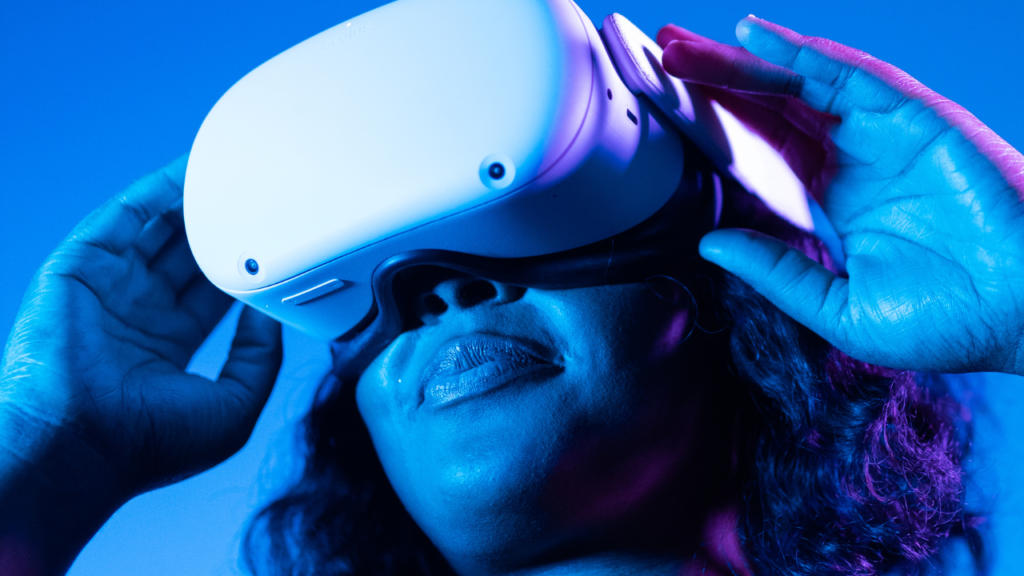For years, Meta has led the charge in pushing virtual reality (VR) as the next big leap in computing. Recently, Apple joined the fray with its own high-end headset, marking a significant moment in VR development. Yet, despite the exciting innovations, both companies face a common problem—how to improve VR headset comfort for extended use. Many users are hesitant to fully embrace these devices because they can feel uncomfortable after extended periods of use. Now, Meta and Apple are diving into new strategies to tackle this issue head-on.
Both tech giants have recently filed patents exploring cutting-edge ways to improve headset comfort. Apple’s latest design idea involves a head strap that allows users to make more precise adjustments, targeting the pressure applied to specific areas of the face and head. This could offer a more personalized fit, reducing the discomfort many experience with current models like the Apple Vision Pro.
Meanwhile, Meta is experimenting with a pulley system for its Meta Quest 3 headsets, offering more customizable tightness. While the mechanics of the system sound complex, the goal is clear: to make the VR experience more comfortable for longer periods. Right now, many VR enthusiasts love the immersive visual experience but struggle with the physical discomfort, especially after long sessions. It’s hard to fully enjoy a VR world when you’re constantly adjusting your headset or dealing with headaches and sweat.
In fact, comfort has become such a sticking point that Apple is reportedly changing the straps during in-store demos to ensure potential customers get a better feel of the Vision Pro. This kind of hands-on demonstration suggests just how important first impressions are in VR tech, where even slight discomfort can turn off potential buyers.
Meta has been making strides not just in VR but also in augmented reality (AR). Their AI-driven Ray-Ban smart glasses may not have a display yet, but they represent a major step toward lighter, more socially acceptable wearables. Apple, too, has aspirations in AR, although according to Mark Gurman of Bloomberg, the company had initially planned to introduce lightweight AR glasses instead of the Vision Pro. However, the limitations of current technology forced Apple to pivot, resulting in the bulkier headset.
As an ardent advocate for VR, I’m eager to see it evolve into the future of computing. However, as it stands, these devices still feel like compromises. Until we can integrate the full power of VR into something as convenient as a pair of glasses, the journey towards mainstream adoption may remain slow. Meta and Apple’s attempts to improve comfort are encouraging, but they’re still working within the constraints of today’s tech.




















